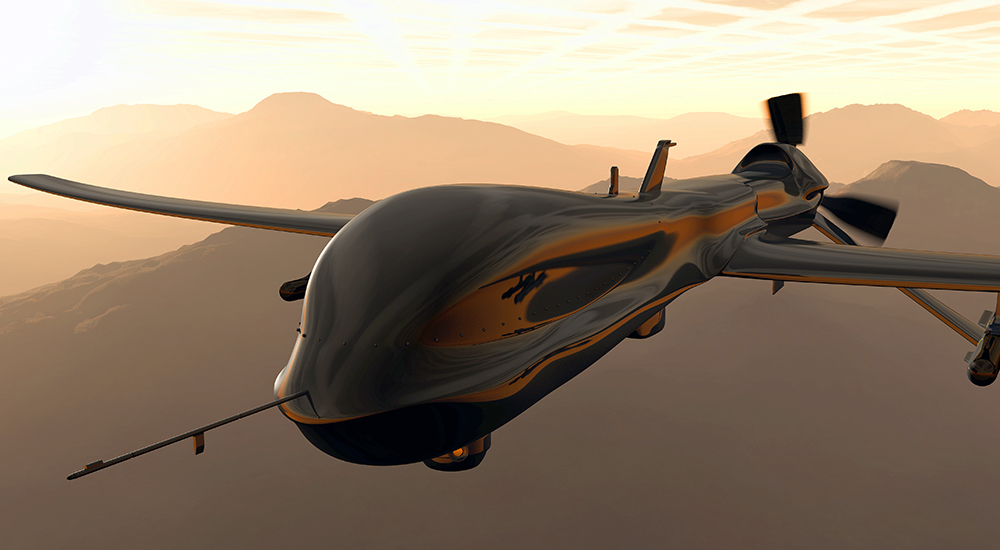Despite fiscal concerns and a lower oil price, defence budgets in North Africa and Middle East are forecast to reach spending highs of 2014 by 2019 at the latest, according to new analysis released today by IHS Markit, global leader in critical information, analytics and solutions.
Spending for North Africa and Middle East peaked at $160 billion in 2014 and then modestly dipped in 2015 due to the dramatic drop in oil prices. The Middle East was the fastest growing region in terms of defence spending between 2012 and 2014. However, even at the low point, defence spending in 2015 and 2016 in the region will still be higher than 2013 figures.
“An unstable strategic environment has seen defence spending in the Middle East rise as a share of GDP since 2008,” said Craig Caffrey, Principal Analyst at IHS Jane’s Defence Budgets. “As the US pivots towards Asia and as sanctions lift on Iran, we are seeing a more proactive stance from states in the Middle East, and defence budgets are likely to rise in the five-year outlook.”
Defence spending returned to growth in North Africa and Middle East region in 2016, and is expected to rise to almost $180 billion by 2020. “Defence spending trends are heavily influenced by oil prices moves, but defence budgets have actually risen as a share of government spending in the short term, as other spending has been cut,” Caffrey said.
Conditions and prospects differ significantly between major energy producing states in the region. According to IHS Jane’s Defence Budgets, defence spending is expected to fall in Bahrain, Iraq and Oman during the next five years. UAE, Saudi Arabia and Qatar appear to be in the strongest position, aided by non-oil growth and substantial reserve funds.

Algeria
Algeria’s defence budget has grown 17% annually in the last decade. In terms of defence spending in proportion of GDP, it has grown from 2.7% of GDP in 2005 to 5.9% of GDP in 2016.
“Algerian defence spending continues to grow steadily despite the fiscal difficulties presented by the drop in the oil price,” said Fenella McGerty, Principal Analyst at IHS Jane’s Defence Budgets. “While wider state spending was cut by 9% in 2016, the defence budget actually increased by 2% as the majority of the state budget cuts affected healthcare, social security and infrastructure spending.”
Saudi Arabia
Saudi Arabia is one of the biggest spenders on defence in the region and one of the most exposed to the low oil price. But, there are signs defence and security spending is being protected.
“The government announced a 30.5% cut to defence and security spending in 2016,” Caffrey said. “That sounds like a huge cut, but around 25% of all Saudi spending has be redefined as budget support provision and that can be used to support any element of the budget. Given that the overall budget is down about 2%, defence will be heavily supported from that funding.”
The Kingdom’s defence budget jumped from $32 billion in 2010, to $48 billion in 2015, and is forecast to break the $50 billion mark in 2019, with a total defence spend of $52 billion. “Saudi Arabia’s defence budget is still one of the biggest in the world,” Caffrey said. “Saudi Arabia is expected to be spending more on defence than France and Russia by the end of the decade.”
Qatar
Qatar is pursuing wholesale modernisation and expansion of its military capabilities and is leading the way in terms of defence procurement, according to IHS Jane’s Defence Budgets.
“Qatar ostensibly became the fastest-growing defence budget and the largest single export market in the world in 2014,” Caffrey said. “Since 2014, Qatar has finalised $25 billion in deals, which is staggering considering their total defence budget is around $4.5 billion a year.”
IHS Janes Defence Budgets expects Qatar’s defence budget to reach $5.5 billion by 2020 and expects to see significant further investment over the next 24 months.
UAE
Growth in the UAE’s defence budget has been relatively conservative since 2012, but it is likely to increase to over $20 billion by 2020.
“Between the UAE’s increasingly active role in operations in the region and the implementation of national service and reserve structures from 2015, upward pressure on defence spending seems inevitable,” Caffrey said.
IHS Jane’s Defence Budgets online solution platform tracks 99% of the global defence expenditure from 104 of the world’s largest defence budgets. It includes five-year forecasts, historical data, budget charting, trend evaluation and in-depth analysis by country. In this study, values are based on constant 2016 US dollars. IHS Markit is a vendor of critical information, analytics and solutions for the major industries and markets that drive economies worldwide.


